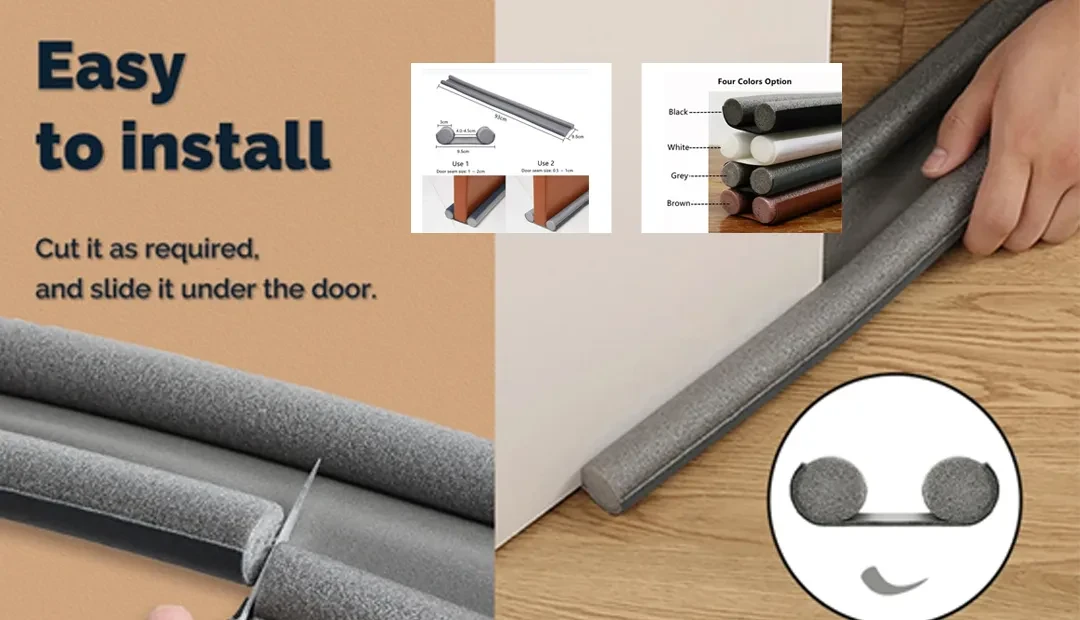weather stripping for door threshold
Weather Stripping for Door Threshold A Comprehensive Guide
Weather stripping is an essential component of home insulation that often goes overlooked, yet it plays a crucial role in maintaining a comfortable indoor environment. One of the key areas where weather stripping is particularly beneficial is at the door threshold. Here, we will delve into what weather stripping is, its benefits, types available, and how to effectively install it.
What is Weather Stripping?
Weather stripping refers to the materials applied to doors, windows, and other openings to prevent air and water leaks. These materials create a seal that keeps outside elements from entering the home. When applied to the door threshold, weather stripping helps in minimizing drafts, reducing energy costs, and improving the overall comfort of your living space.
Benefits of Weather Stripping
1. Energy Efficiency One of the primary benefits of weather stripping is its ability to enhance energy efficiency. Up to 30% of heating and cooling costs can be attributed to air leaks around doors and windows. By sealing gaps, weather stripping helps your heating and cooling systems work more efficiently, leading to lower energy bills.
2. Comfort Air leaks can create cold drafts during the winter and allow hot air to infiltrate during the summer. Weather stripping helps maintain a stable indoor temperature, making your home more comfortable year-round.
3. Moisture Control Properly installed weather stripping can also help prevent moisture intrusion, reducing the risk of mold and mildew growth. This is particularly important in rain-prone or humid areas.
4. Noise Reduction Weather stripping acts as a sound barrier, minimizing outside noise. This can enhance the tranquility of your home, especially if you live in a busy area.
5. Pest Prevention Gaps at the door threshold can allow insects and small rodents to enter your home. Weather stripping can serve as a deterrent, reducing pest-related issues.
Types of Weather Stripping
There are several types of weather stripping materials you can choose from, each with its benefits
1. Foam Tape This is one of the most straightforward weather stripping materials. It adheres easily to the surface and is great for irregular gaps. However, foam tape may compress over time and lose its effectiveness.
weather stripping for door threshold

2. V Strip (Tension Seal) This type consists of a flexible material that can be applied to the sides of the door, creating a tension seal that blocks air movement. V strips are durable and provide an excellent seal against drafts.
3. Door Sweeps These are installed at the bottom of the door, extending down to cover the gap between the door and the floor. They are excellent for blocking both drafts and water.
4. Magnetic Strips These are typically used for screen doors or larger openings, providing a secure seal. They are easy to install and remove, making them ideal for seasonal applications.
5. Metal or Vinyl Weather Stripping These rigid materials provide a long-lasting seal and work well for heavy-use doors. They are often used in commercial applications but can also be adapted for residential use.
Installing Weather Stripping at the Door Threshold
Installing weather stripping at the door threshold is a DIY-friendly project. Here’s a basic step-by-step guide
1. Measure the Gap Use a ruler to measure the gap between the bottom of the door and the floor. This will help you choose the appropriate weather stripping or door sweep.
2. Choose the Right Material Based on your measurements and preferences, select the type of weather stripping you want to use.
3. Clean the Surface Before installing, ensure that the door threshold is clean and dry to allow for better adhesion.
4. Cut and Apply Cut the weather stripping to the appropriate length and adhere it to the door threshold or the bottom of the door, following manufacturer instructions.
5. Test the Seal Close the door and check for any gaps. Adjust the weather stripping as necessary to ensure a tight seal.
Conclusion
Incorporating weather stripping at your door threshold is a simple yet effective way to enhance your home's energy efficiency, comfort, and protection against the elements. By understanding the various types available and following proper installation techniques, you can benefit from a well-sealed home that remains comfortable throughout the seasons. Investing a little time and effort into this project can lead to substantial long-term advantages, both financially and in terms of comfort.
-
Under Door Draught Stopper: Essential ProtectionNewsJul.31,2025
-
Garage Door Seal and Weatherstrips for ProtectionNewsJul.31,2025
-
Edge Banding Tape for Perfect EdgesNewsJul.31,2025
-
Table Corner Guards and Wall Corner ProtectorsNewsJul.31,2025
-
Stair Nose Edging Trim and Tile Stair SolutionsNewsJul.31,2025
-
Truck Bed Rubber Mats for Pickup BedsNewsJul.31,2025
-
Window Weather Stripping for Noise ReductionNewsJul.29,2025